Talk Overview
In the late 1960s, Hastings was studying bioluminescence in the marine bacteria Vibrio fischeri. He and his post-doc, Kenneth Nealson, discovered that bacteria could communicate by secreting a small peptide. This allowed V. fischeri to sense the concentration of their fellow bacteria and, when the density reached a critical level, turn on bioluminescence. Hastings named this process autoinduction, also known as quorum sensing. Quorum sensing has since been shown to play a critical role in bacterial behaviors such as toxin production and biofilm formation.
Hastings hypothesizes that luciferases, and thus bioluminescence, evolved as a mechanism to protect bacteria from oxidative damage as the Earth’s atmosphere became oxygenated 2.5 billion years ago.
Speaker Bio
Woody Hastings
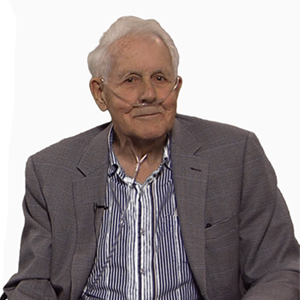
J. Woodland “Woody” Hastings was the Paul C. Mangelsdorf Professor of Natural Sciences Emeritus in the Department of Molecular and Cellular Biology at Harvard University and a long time affiliate of the Marine Biological Laboratory in Woods Hole, Massachusetts. Hastings had life-long fascination with bioluminescence. Together with scientist Kenneth Nealson, Hastings discovered that bioluminescent bacteria… Continue Reading
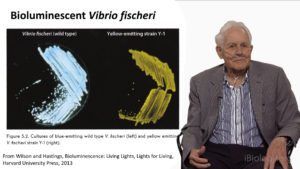
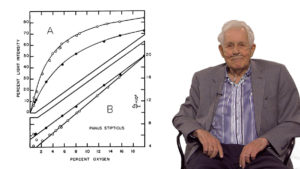
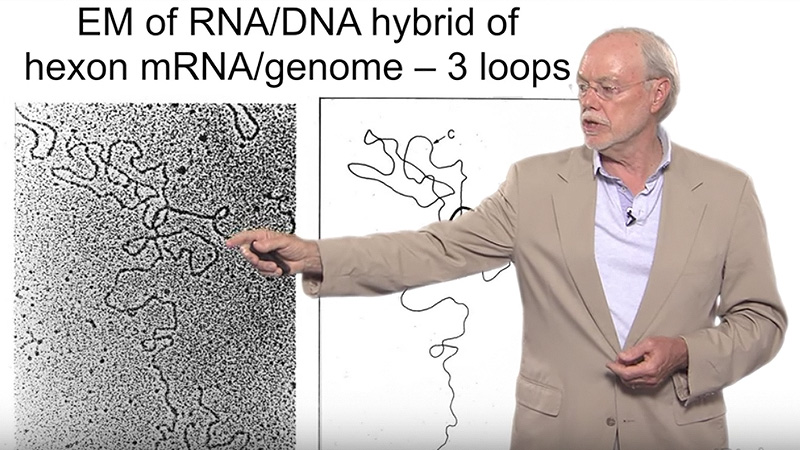
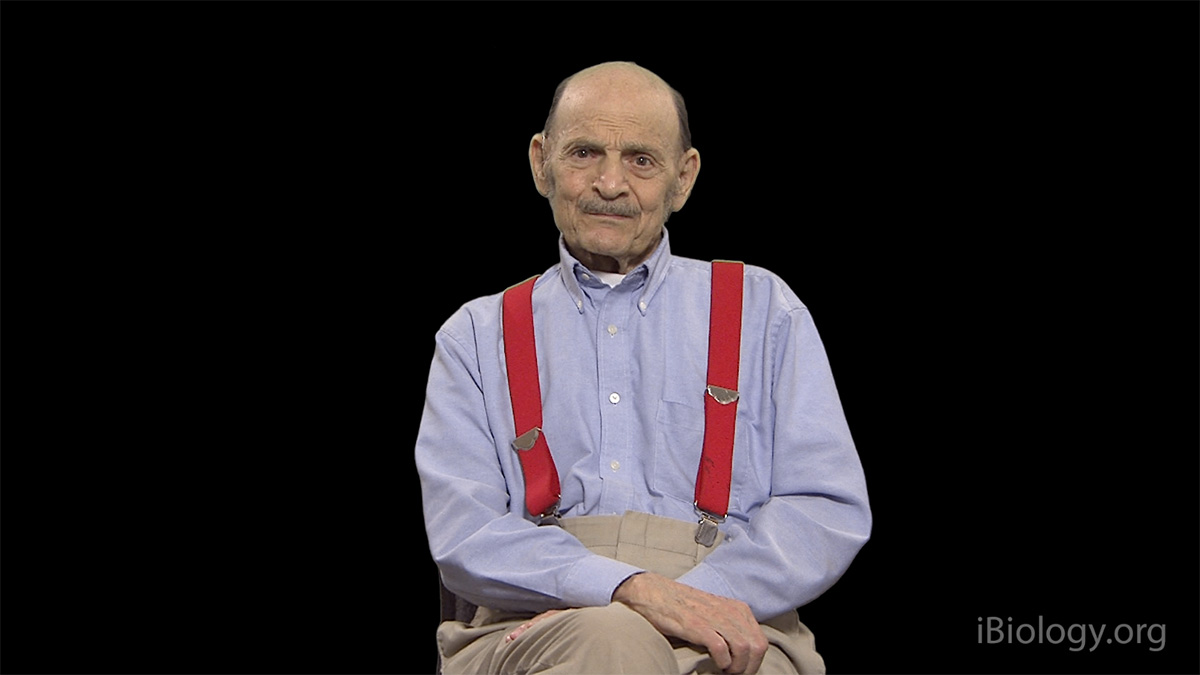
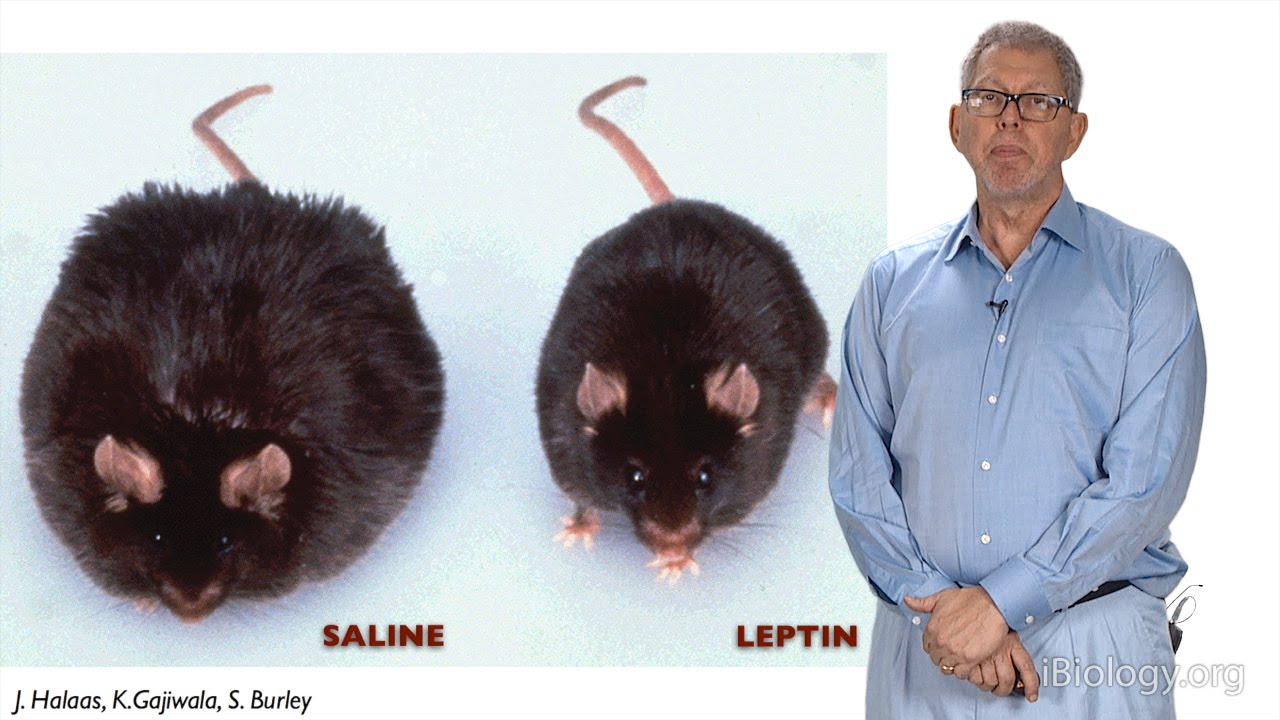
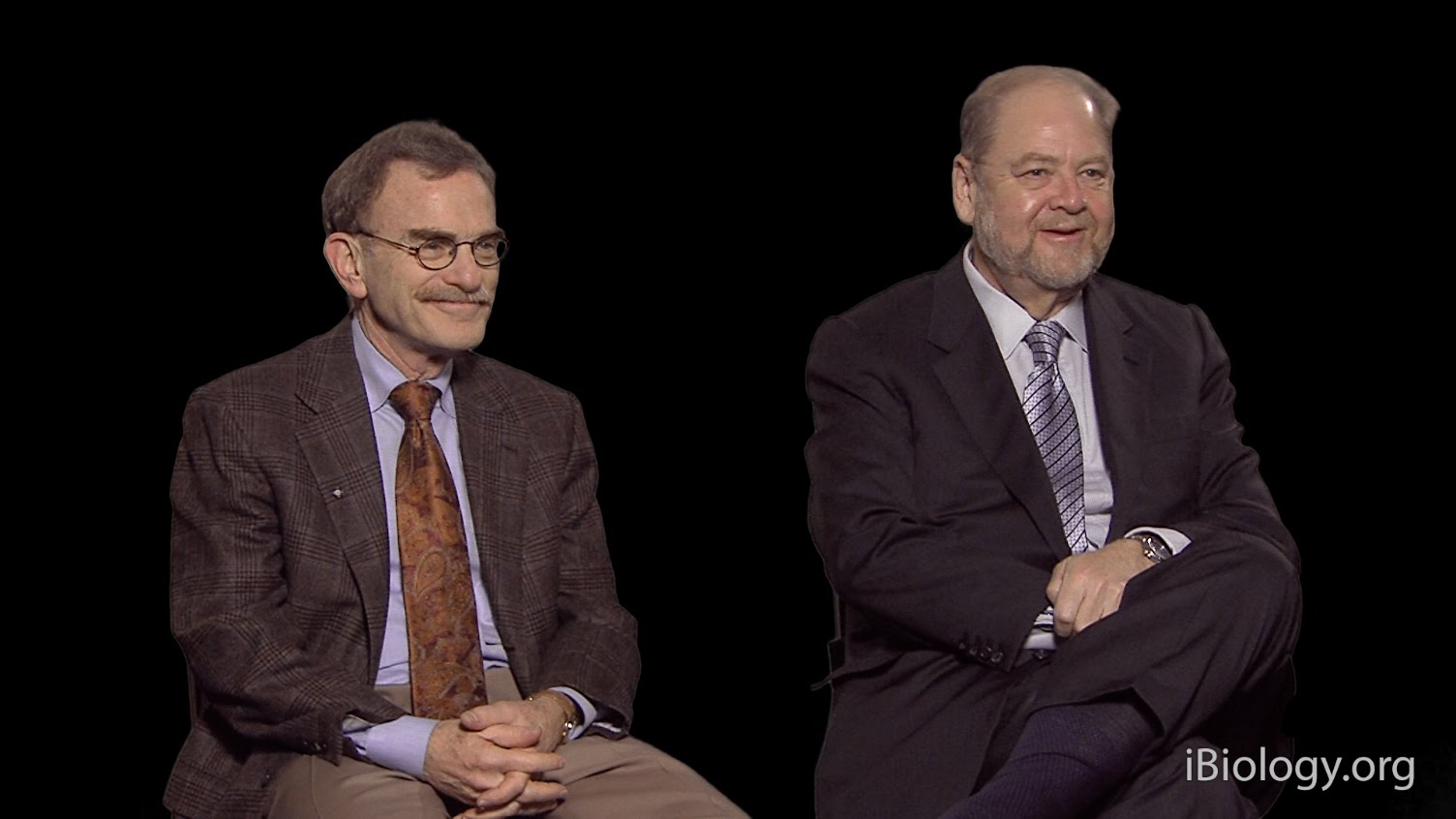
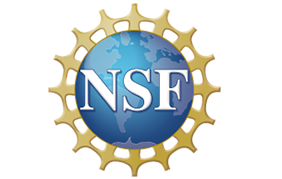



Leave a Reply